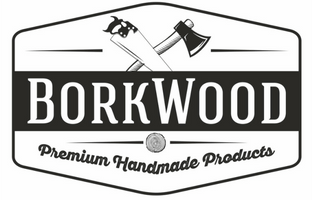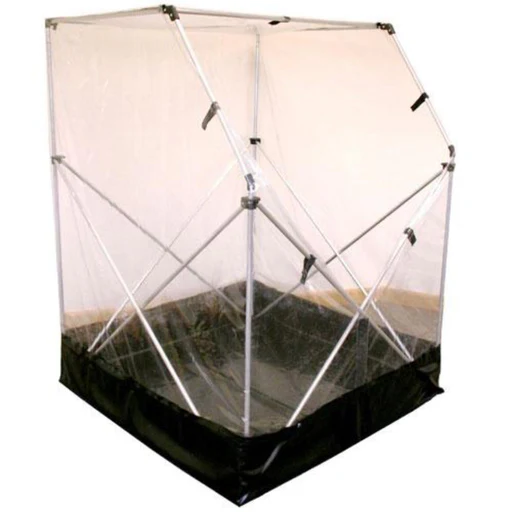How a Tile Saw Tent Can Save You Time and Cleanup Effort on the Job Site
Especially in today’s fast-paced construction environment, every minute counts. Contractors and craftsmen constantly seek ways to streamline processes, minimize downtime, and keep the work area safe and efficient. One innovative solution gaining popularity is the use of a tile saw tent. This simple yet effective structure not only helps contain the mess created by cutting tiles but also speeds up the entire workflow, making cleanup faster and reducing time wasted on maintenance. In this blog, we will explore how a tile saw tent can transform your job site, enhance productivity, and lead to significant savings in both time and labor.
Benefits of Using a Tile Saw Tent on the Job Site
Minimizing Cleanup Efforts
When you cut tiles without a dedicated enclosure, the fine dust and water often scatter all over the work area. This can lead to slippery surfaces, additional labor to remove the mess, and even damage to nearby tools and materials. A tile saw tent acts as a barrier that captures and contains these unwanted by-products. The design typically includes durable, waterproof materials that prevent splashes from escaping and flexible sides that can be adjusted for ventilation. With the debris confined, workers can complete their cleanup tasks in a fraction of the time, freeing them to focus on other critical job site activities.
Enhancing Time Efficiency
Time is a valuable commodity on any construction site. Every minute spent cleaning up after a tile cut is a minute not spent on productive work. With a tile saw tent, the containment of dust and water means that cleanup is faster and more efficient. This efficiency is especially beneficial on large-scale projects where multiple cuts are made daily. By minimizing the need for extensive cleanup, the tile saw tent helps maintain a smooth workflow. Workers can quickly transition from cutting tiles to installing them, ensuring that projects remain on schedule and within budget.
Safety Improvements
Beyond saving time, a tile saw tent plays a crucial role in enhancing workplace safety. Scattered debris and water on the floor create slip hazards and can lead to accidents. Containing these elements within a tent minimizes the risk of slips and falls. Additionally, the tent’s design often includes features to improve air quality by reducing airborne dust, which is beneficial for workers who may suffer from respiratory issues. The controlled environment of the tent also allows for better organization of tools and materials, reducing clutter and further decreasing the likelihood of on-site accidents.
Key Features of an Effective Tile Saw Tent
Durable Materials and Construction
An effective tile saw tent must be built to last. The materials used in its construction are critical to its performance. High-quality, waterproof fabrics and reinforced seams ensure that the tent can withstand the rigors of a busy job site. UV-resistant materials are also important, as they help protect the tent from prolonged exposure to sunlight, which can cause degradation over time. A robust frame made of steel or heavy-duty aluminum adds stability and longevity, making sure that the tent remains a reliable asset across multiple projects.
Portability and Ease of Setup
One of the most attractive aspects of a tile saw tent is its portability. A well-designed tent is lightweight and easy to transport, yet durable enough to provide a secure workspace. Features such as quick-assembly frames, color-coded connectors, and detailed instruction manuals make setting up the tent straightforward and fast. This portability means that contractors can take the tile saw tent from one job site to another with minimal hassle. Additionally, many models come with storage bags and compact designs that further simplify transportation and storage when the tent is not in use.
Adaptability for Various Job Sites
Job sites come in all shapes and sizes, and a tile saw tent that adapts to different environments is highly valuable. Whether you are working in a confined indoor space or an open outdoor area, the tent’s adjustable design ensures that it can be set up effectively. Features like extendable side flaps, multiple entry points, and modular components allow the tent to fit snugly around the tile saw while providing ample room for the operator. This adaptability means that the benefits of using a tile saw tent can be enjoyed across a wide range of projects, from small home renovations to large commercial developments.
Tips for Choosing the Right Tile Saw Tent
Assessing Your Job Site Needs
Before purchasing a tile saw tent, it’s essential to consider the specific requirements of your job sites. Analyze the typical size of your workspace, the amount of dust and water generated during cutting, and the environmental conditions you usually encounter. Understanding these factors will help you select a tent that offers the right balance between coverage and mobility. Additionally, consider any local regulations or safety guidelines that might influence the design and usage of the tent.
Evaluating Tent Size and Durability
Size matters when it comes to efficiency and usability. A tile saw tent should be spacious enough to accommodate the saw, operator, and any additional equipment while still providing adequate protection from the elements. Look for models that offer adjustable dimensions or modular sections that can be configured to meet your needs. Durability is another crucial factor. Investing in a tent constructed from high-quality materials will ensure that it withstands frequent use, heavy-duty applications, and harsh weather conditions, ultimately offering better value for your money.
Budget and Long-Term Investment Considerations
While budget constraints are always a concern, it’s important to view a tile saw tent as a long-term investment. A high-quality tent may come with a higher upfront cost, but the time saved on cleanup, the reduction in maintenance costs, and the potential for fewer work-related injuries make it a cost-effective solution in the long run. Evaluate the total cost of ownership, including any additional accessories or replacement parts that might be needed over time. A well-chosen tile saw tent can quickly pay for itself through increased productivity and reduced labor expenses.
Conclusion
Incorporating a tile saw tent into your job site operations can be a game changer. The benefits of minimizing cleanup efforts, enhancing time efficiency, and boosting overall safety make it an invaluable addition to any contractor’s toolkit. From durable construction and portability to adaptability for various job sites, a tile saw tent offers practical solutions to everyday challenges on the worksite. As construction projects become more complex and time-sensitive, investing in tools that streamline operations is not just smart it’s essential.
By carefully assessing your needs, evaluating the key features, and considering the long-term benefits, you can choose a tile saw tent that will serve your projects for years to come. Whether you are a seasoned professional or a newcomer to the industry, the advantages of a tile saw tent are clear. Not only will it save you time and reduce cleanup efforts, but it will also contribute to a safer, more efficient work environment. Embrace the innovation of the tile saw tent today and experience firsthand how a well-organized job site can lead to greater success and satisfaction.







